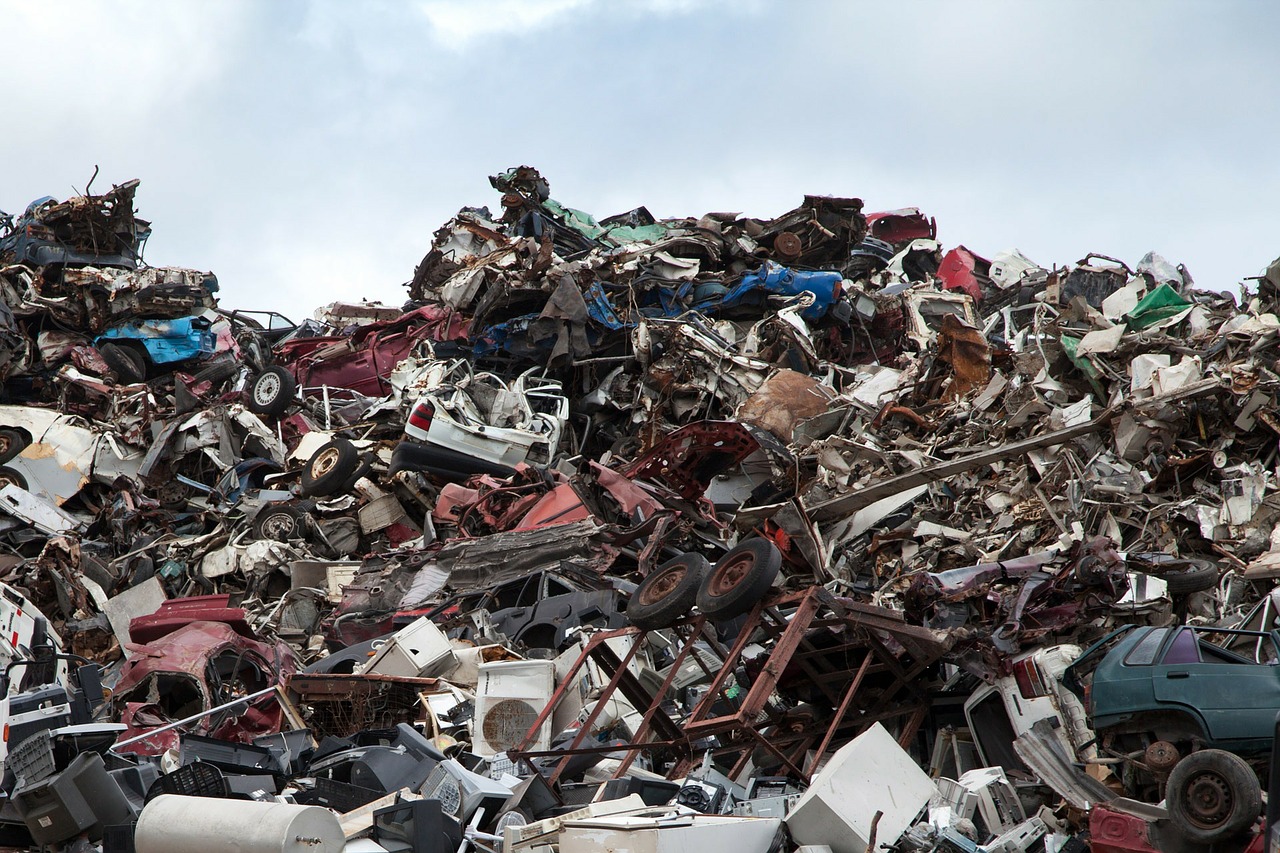Why Digital Tools are Essential to Eliminating Manufacturing Waste
2 minutes, 42 seconds read

The Toyota Production System identifies seven types of waste in manufacturing, but also provides manufacturers with tools for reducing and ultimately eliminating that waste. While tools such as PDCA and value stream mapping are effective for driving solutions, today’s most powerful tool for eliminating waste is data.
Digital tools are helping manufacturers to achieve new levels of efficiency than has ever before been possible. Suddenly, manufacturers can drive Lean practices to new levels of efficiency by analyzing data to identify new areas for waste.
However, management consultant McKinsey suggests that only a few manufacturing companies are tapping into this data—despite the fact that manufacturing generates more data than any other sector in the economy.
Companies putting digital tools to work on waste
So, how can data reduce waste? Well, manufacturers are using data analytics to streamline factory operations, improve product quality and reduce energy consumption. Consider the following examples:
- Pharmaceutical manufacturers are applying data-based insight into end-to-end processes to reduce the footprints of their manufacturing suites. Some of these manufacturers have developed portable factories that can be built in 40-foot trailers.
- Manufacturers are using predictive analytics data to reduce unscheduled down-time and prevent breakdowns for critical production equipment. Internet of Things connectivity allows operators to see the status of a machine and its components to understand when to shut a machine down before an issue arises that could impact product quality.
- One specialty chemical-maker applied advanced analytics to its best-in-class facility and discovered several unexpected insights. Among them, the manufacturer found unseen sensitivities that were creating significant reductions in yield. Through small adjustments, the company was able to reduce its raw materials waste by 20 percent and its energy costs by 15 percent.
- Whirlpool set a goal to divert all waste from landfills by 2020. To achieve this, the company first launched an analytics platform across its facilities to identify the types of waste it generated. By understanding, for example, that its Ohio plants alone generated over 20 million pounds of corrugated cardboard waste, the company could develop a recycling plan specific to those materials. Data collection proved so valuable that three of the company’s plants achieved the zero-landfill waste goal two years early.
Getting started with your digital investment
Every company’s digital transformation will look different, but every company will hit a point at which digital tools are necessary to drive further efficiency improvements.
If you’re not sure where to start introducing digital tools, McKinssey advises asking five questions:
- How might digital disrupt my industry in the next 5 to 10 years?
- How can my company maximize its value?
- Where should the company make investments in infrastructure, cybersecurity, and partnerships to meet the coming digital disruption?
- What new capabilities, skills, and mindsets will we need in our organization?
- What should the company pilot today to start capturing this digital value?
Finally, it is important to remember that a digital transformation should both support and respect your employees. By taking into account frontline employees’ input, your digital transformation will not only reduce waste but set the stage for employees to drive ongoing improvements.
Like this content? Sign up for our Newsletter
[hubspot type=form portal=561211 id=fda6d445-739e-4072-8dae-68b94971a266]THE FRONTLINE DOJO
More Articles
How to develop the next billion Knowledge Workers
3 minutes, 51 seconds read
Digital transformation in manufacturing is not what you think it is
10 minutes, 36 seconds read
The human side of change management: lessons learned from Toyota, Airbus, and Silicon Valley
1 minute, 28 seconds read
The true meaning of Genchi Genbutsu
3 minutes, 5 seconds read